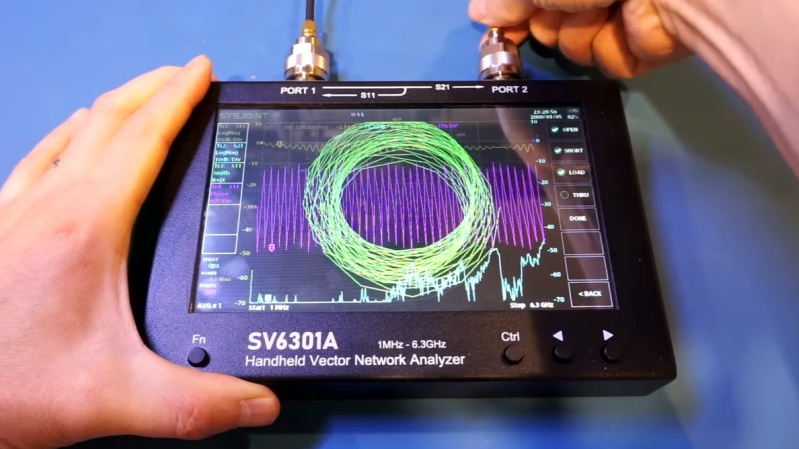Vector Network Analyzer Demo and Teardown

[Kerry Wong], ever interested in trying out and tearing down electrical devices, demonstrates and examines the SV 6301a Handheld Vector Network Analyzer. He puts the machine through its paces, noting …read more Continue reading Vector Network Analyzer Demo and Teardown